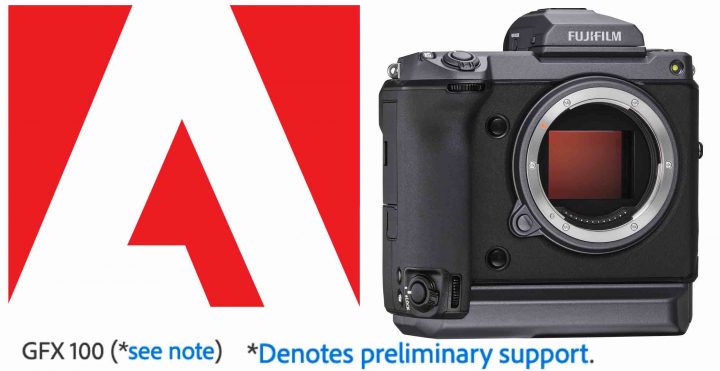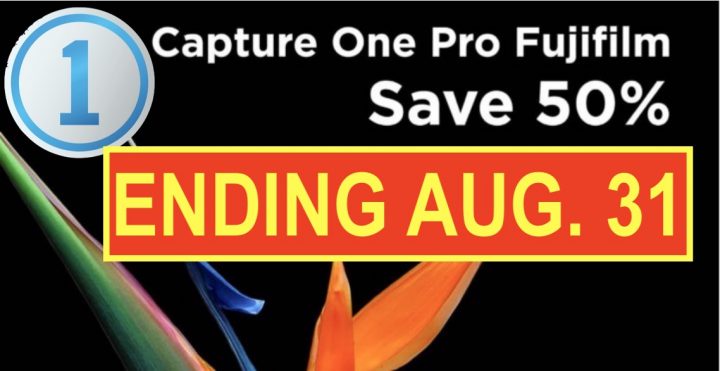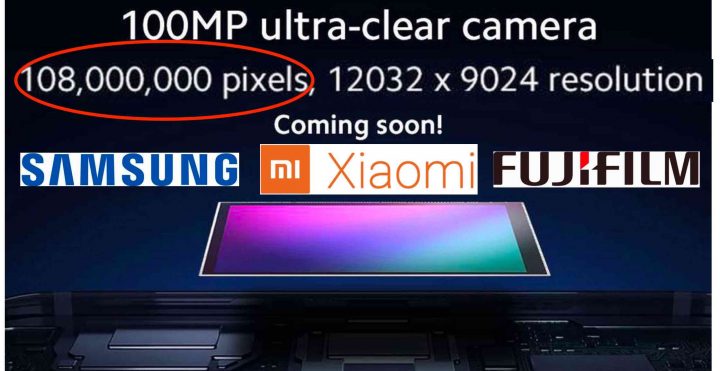Luminar 4 Sky Replacement Feature Video Demo (a Feature ADOBE Failed to Deliver) and Lumianr 3.1.3 Released
Luminar 4 Sky Replacement
Remember when back in 2016, Adobe announced “Project Sky Replace”, which promised to fully automatically replace the sky with 1 click?
Maybe I missed something, but how did it end with that one? Nothing, right? I mean, you can of course replace the sky in photoshop, but you do it manually, and I guess it costs about 10 minutes, not more. But still… 1 click is better than 10 minutes ;).
Now Luminar 4 is about to be released (coming this fall), and it promises to deliver, where Adobe failed so far: full AI sky replacement!
Skylum has now released a video (see above), where they show a beta version of the sky replacement in action.
It is, of course, a beta, but more importantly, it is a video aimed to market Luminar 4. We will have to wait for real life testings, to see how good or not it really works, especially in more tricky conditions, like when the sky is fragmented in many pieces, for example when shooting through trees or so.
But Skylum seems confident, and they market it big way.
If you want to test Luminar 4 AI sky replacement by yourself, there is a huge pre-order deal running now. Check pricing below.
- Current Luminar 3 owners pay $49 only
- Luminar 4 + Signature Looks bundle for $59 instead of $138
- Luminar 4 + Signature Looks + Luminar 3 bundle for $89 instead of $207
Lumianr 3.1.3
Last but not least, Skylum just released Luminar 3.1.3. You can read all details here.





